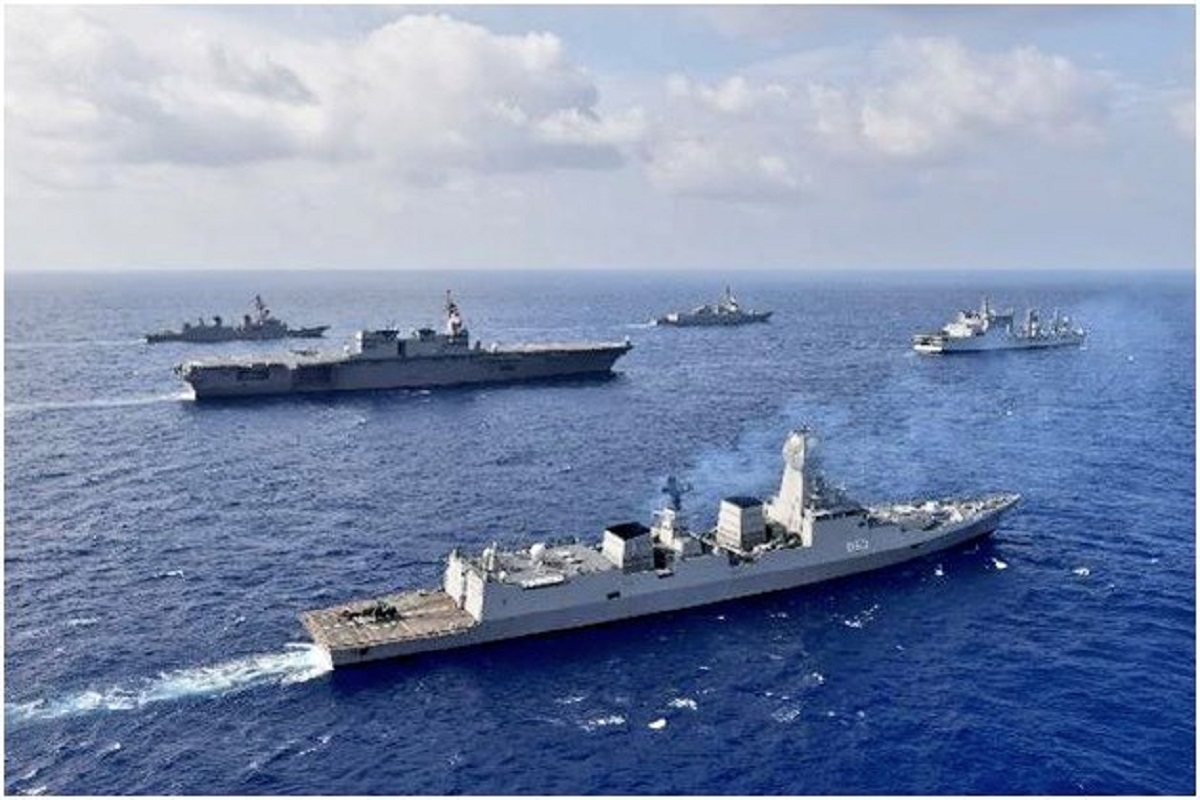
On September 10, National Security Advisor Ajit Doval is expected to commission Dhruv, India’s first satellite and ballistic missile tracking ship, in Visakhapatnam. The INS Dhruv, which was built by Hindustan Shipyard in collaboration with the Defence Research and Development Organisation (DRDO) and the National Technical Research Organisation (NTRO), can map ocean beds for research and detection of enemy submarines.
The Chief of Naval Staff Admiral Karambir Singh and NTRO Chairman Anil Dasmana, as well as senior DRDO and Navy officials, are expected to attend the launch ceremony. With the Strategic F, the nuclear missile tracking ship will be manned by Indian Navy personnel.
The 10,000-tonne ship, which is part of a top-secret project, will be at the heart of India’s future anti-ballistic missile capability, serving as an early warning system for enemy missiles aimed at Indian cities and military bases. The ship will play an important role in maritime domain awareness in the Indo-Pacific, and it will be commissioned at a time when underwater armed and surveillance drones are becoming more common.
With both China and Pakistan possessing nuclear ballistic missile capability and territorial disputes with India, the INS Dhruv will serve as a major force multiplier for India’s maritime security architecture, as well as enhancing the ability to understand the adversary’s true missile capability when they test their ballistic missiles.
The INS Dhruv is equipped with a state-of-the-art active scanned array radar (AESA) developed by the Defence Research and Development Organization (DRDO) that can scan multiple spectrums to monitor spy satellites watching over India as well as missile tests across the region. The Indian Navy’s ability to monitor the region from the Gulf of Aden to the ingress routes into the South China Sea via Malacca, Sunda, Lombok, Ombai, and Wetar straits will be enhanced.
INS Dhruv will aid the Indian Navy in planning better military operations in all three dimensions—subsurface, surface, and aerial—by mapping the Indian Ocean bed. Given China’s shift to a sea-based military doctrine, which includes significant investments in long-range aircraft carriers, warships, and submarines, the latest Indian ship will assist India’s electronic intelligence-gathering spy agency, the NTRO, in projecting threats to India in real time.









